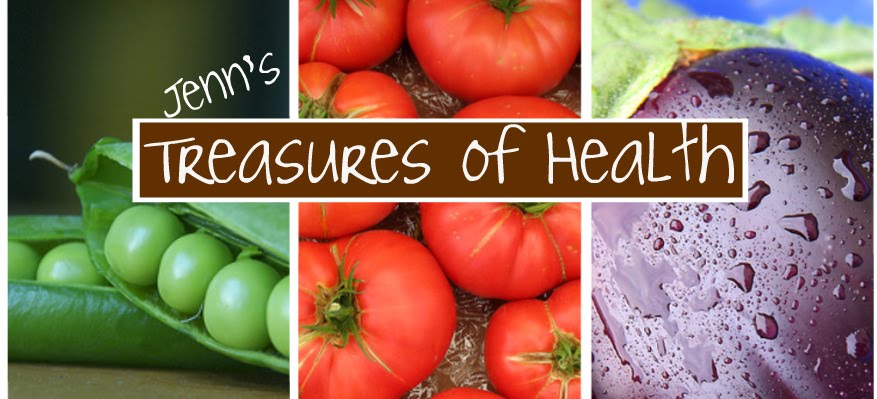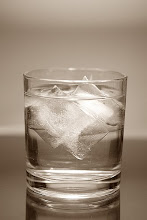
I got this info off of a few different Internet sites. I personally have not used it very much--but when I make certain vegetarian dishes I have added a bit. Remember not to add too much--even though it can be a source of health--in excess it becomes unhealthy--as with most things!
A terrific food, providing nutrition, enhancing flavor, and adding taste to your favorite meals and drinks.
An excellent source of protein (52%), containing essential amino acids. Gluten Free.
Rich in vitamins, especially the B-complex vitamins. An excellent source of folic acid, which is important for formation, growth, and reproduction of red blood cells.
Commonly known as T6635+ Vegetarian Support Formula™. This yeast is easy to use and blends well with liquids. It can be used in almost any recipe and in small amounts will enhance the flavor.
Grown specifically for its nutritional value. Naturally low in fat and salt.
An excellent source of protein (52%), containing essential amino acids. Gluten Free.
Rich in vitamins, especially the B-complex vitamins. An excellent source of folic acid, which is important for formation, growth, and reproduction of red blood cells.
Commonly known as T6635+ Vegetarian Support Formula™. This yeast is easy to use and blends well with liquids. It can be used in almost any recipe and in small amounts will enhance the flavor.
Grown specifically for its nutritional value. Naturally low in fat and salt.
Welcome to The Best Natural Foods Topics of Interest Section. This page provides an overview of the topic of nutritional yeast. You can find more detailed information about nutritional yeast and other important dietary topics in our new book, The Best Natural Foods on the Market Today.
Nutritional yeast is a tasty product you can find in natural foods markets. These yellow flakes are a pure strain of yeast called Saccharomyces cerevisiae. In the same family as edible mushrooms, yeast has been used in food and beverage production for more than 5,000 years. Today, the same strain is used to brew beer, make wine, and leaven breads as well as develop the nutritionally-rich food called nutritional yeast *.
Each batch of nutritional yeast is grown on a mixture of cane and beet molasses for a period of seven days. B-vitamins are added during the process to provide the yeast with the nutrients it needs to grow. When harvested, the yeast is washed, pasteurized, and dried on roller drum dryers before it is ready for market. It is then used by food manufacturers in food products, added to boost the nutrient levels in pet foods, and simply packaged for sale in natural foods stores.
Red Star® is the leading producer of this product, providing almost all of the nutritional yeast sold in the bulk section of natural foods markets. Vegans (strict vegetarians) have used it for years as a source of vitamin B-12, an essential nutrient found primarily in animal products. Health seekers who strive to eat primarily a whole foods diet use nutritional yeast because it tastes really good with certain foods and adds extra nutrients to their diet. It can be added when you cook quinoa in quinoa recipes, in salad dressings made with flax seed oil, or even sprinkled on top of free range chicken.
Unlike active baking yeast, nutritional yeast is grown solely for its nutritional value. It should not be confused with brewer’s yeast, a by-product of breweries and distilleries. nutritional yeast is a low-fat, low-sodium, kosher, non-GMO food that contains no added sugars or preservatives. The cane and beet molasses used in the growing process does not make nutritional yeast sweet and is not a source of simple sugars.




No comments:
Post a Comment